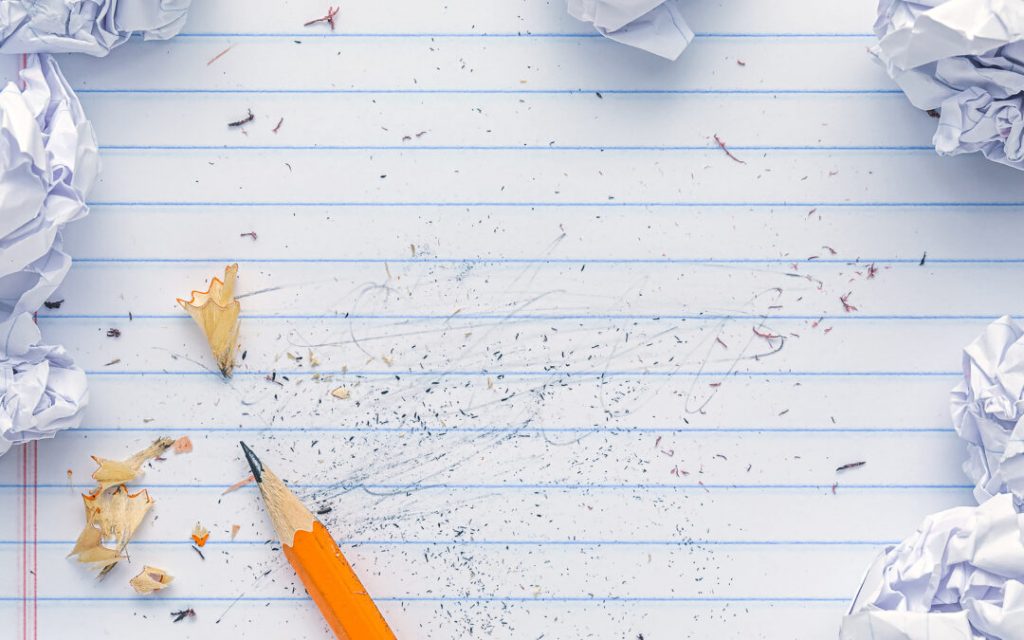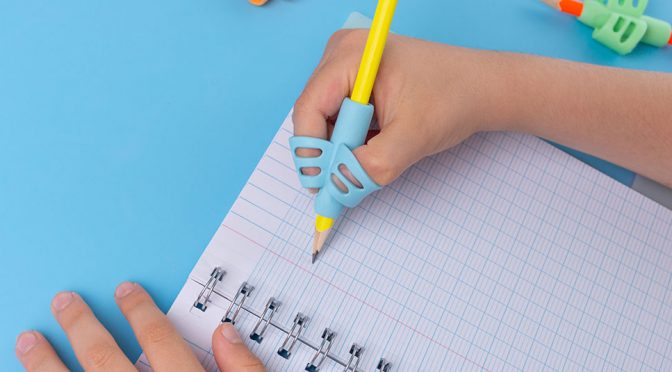Dysgraphia (or learning disorder) affects writing skills. Dysgraphia can manifest as poor spelling, handwriting problems and difficulties when it comes to putting your thoughts down on paper. It is not enough to state that dysgraphia affects students writing. Writing requires complex information processing and functional skills. Students with dysgraphia in writing will benefit from adaptations to the learning environment and the practice of becoming a better writer.
What is Dysgraphia?
Dysgraphia, a learning disability that impacts writing skills, is also known as dysgraphia. Dysgraphia can manifest as poor spelling, handwriting problems and difficulties when it comes to putting your thoughts down on paper. It is not enough to state that dysgraphia affects students writing. Writing requires complex information processing and functional skills. Students with dysgraphia in writing will benefit from adaptations to the learning environment and the practice of becoming a better writer.

What are the signs of dysgraphia and what can you do to prevent it?
Dysgraphia is not a condition where a person’s handwriting is poor. Dysgraphia can cause difficulties throughout your life. Writing is a developmental process. Children learn motor skills to write, and the difficulties may overlap with the learning of the thinking skills needed to put pen to paper.
Additional help is available for those who have problems in any of these areas.
- The pencil’s grip in your hand is tight and unusual
- Position of the body
- Illegible handwriting
- Avoid writing or drawing requirements
- Rapid fatigue when writing
- Speak the words aloud while you write
- Do not finish sentences or omit words.
- Organizing thoughts on paper can be difficult.
- Problems at the level syntactic or grammatical structures
- Speeches show large gaps between the written and spoken ideas.
Which strategies are most useful?
There are many strategies that you can use to help dysgraphic people succeed. The strategies generally fall into three categories.
Accommodation: providing alternatives for written expression.

Modification is the changing of expectations or tasks in order to reduce or eliminate an area of weakness.
Remedial: Instruction to improve handwriting and writing skills.
When planning instruction or support for struggling students, it is important to consider all possible strategies. Dysgraphia sufferers will benefit from both the expert and those closest to them. The best way to find the right support for you is to openly brainstorm with others and try out different ideas.
Here are some examples that will help people with dysgraphia overcome their difficulties writing.
Early writers
The maps with lines pointed upwards can be used as sensory guides to help the student understand the drawn lines.
To find the best one, you can try different pencils and pens.
To improve motor memory, practice writing letters and numbers with long arm movements in the air. Practice writing letters and numbers in the air with smaller finger or hand movements.
Encourages self-control and good posture. These habits should be changed as soon as possible, otherwise it may prove difficult to break them later.
Multi-sensory methods are used to learn numbers, shapes, and letters.
A word processor can be introduced to a child as soon as possible. It does not remove handwriting from the child’s hands. Typing can make it easier to write letters by reducing the frustration involved in forming them, but handwriting is still essential for a person’s ability function in the real world.
Keep your patience and be positive. Encourage practice and praise efforts. To become a great writer, it takes practice and time.
Young students
If they feel at ease, they will allow print to be used.
Large graph paper is a good choice for math calculations. It helps to organize rows and columns.
Give yourself extra time to answer the questions in writing.
You can creatively start the requirements by drawing them or by sharing your ideas using a tape recorder.
Alternate which element the written exercises are focused. In some cases, you can focus on the cleanliness of the sheet and spelling in others. In other cases, you can highlight grammar or organization of ideas.
He explicitly teaches various types of writing, including expository and personal essays as well as short stories and poems.
This does not slow down the time that students need to proofread and correct their writing.
It is much easier to correct mistakes made by students after a break.
Students can help create a checklist for writing: grammar, syntax, spelling, clarity of ideas, and syntax.
Encourages you to use a spell-checker. Spell checkers can also be used for handwriting.
Avoid copying exercises and instead focus on writing original answers and ideas.
Students should work in small groups and not try to do everything at once.
You can also use visual projects or verbal reports to assess knowledge.
Encourage practicing low-stress writing activities such as journaling, writing letters, journaling and making a list for the household.
Adults and adolescents
Recorded material is provided to complement the notes taken and prepare them in writing.
Make a step-by, detailed plan that breaks down the writing task in small tasks.
When you organize your writing project, make a list of keywords that are useful.
It gives clear and constructive feedback about the quality of work, explains the strengths and weaknesses, and comments on the structure.
If the mechanical aspects or writing are a problem, you can use technological assistance such as voice software.
These tricks are great for groups of any age. You don’t have to be an expert writer to start writing.
Teachers and staff are legally required to provide “reasonable accommodation” for learners with learning disabilities. However, many people don’t know how they can help. Discuss dysgraphia with them and the difficulties you are facing due to your learning disabilities.
How to approach writing exercises
Plan: Gather all your ideas and put them together. Then, think about how you would arrange them in writing.
Organise your thoughts and ideas
To ensure you have all your ideas in one place, create a graphic organizer or outline.
You should make a list of key ideas and thoughts that you want to include in your paper.
Draft: Write your first draft. Don’t worry too much about grammar or spelling mistakes. A computer can be helpful because it makes the correction process much easier.
Corrections: Make sure your paper is correct in spelling, grammar, and syntax. If necessary, use a spell-checker. To improve and clarify your content, edit it. A thesaurus can be useful for finding alternative ways to express your point of view.
Revisions are necessary to complete the final form. Before you send it, make sure to read the paper again.
